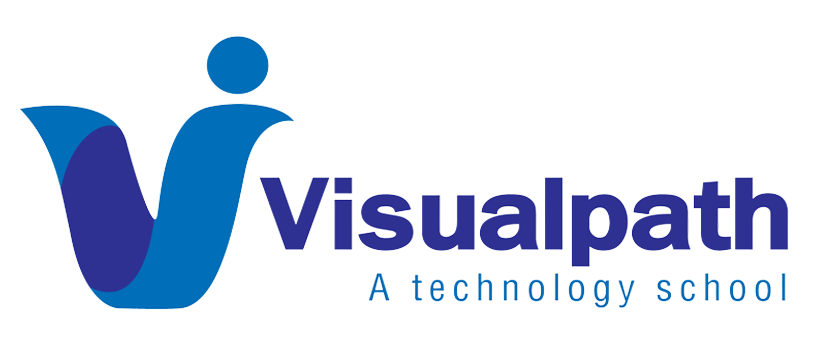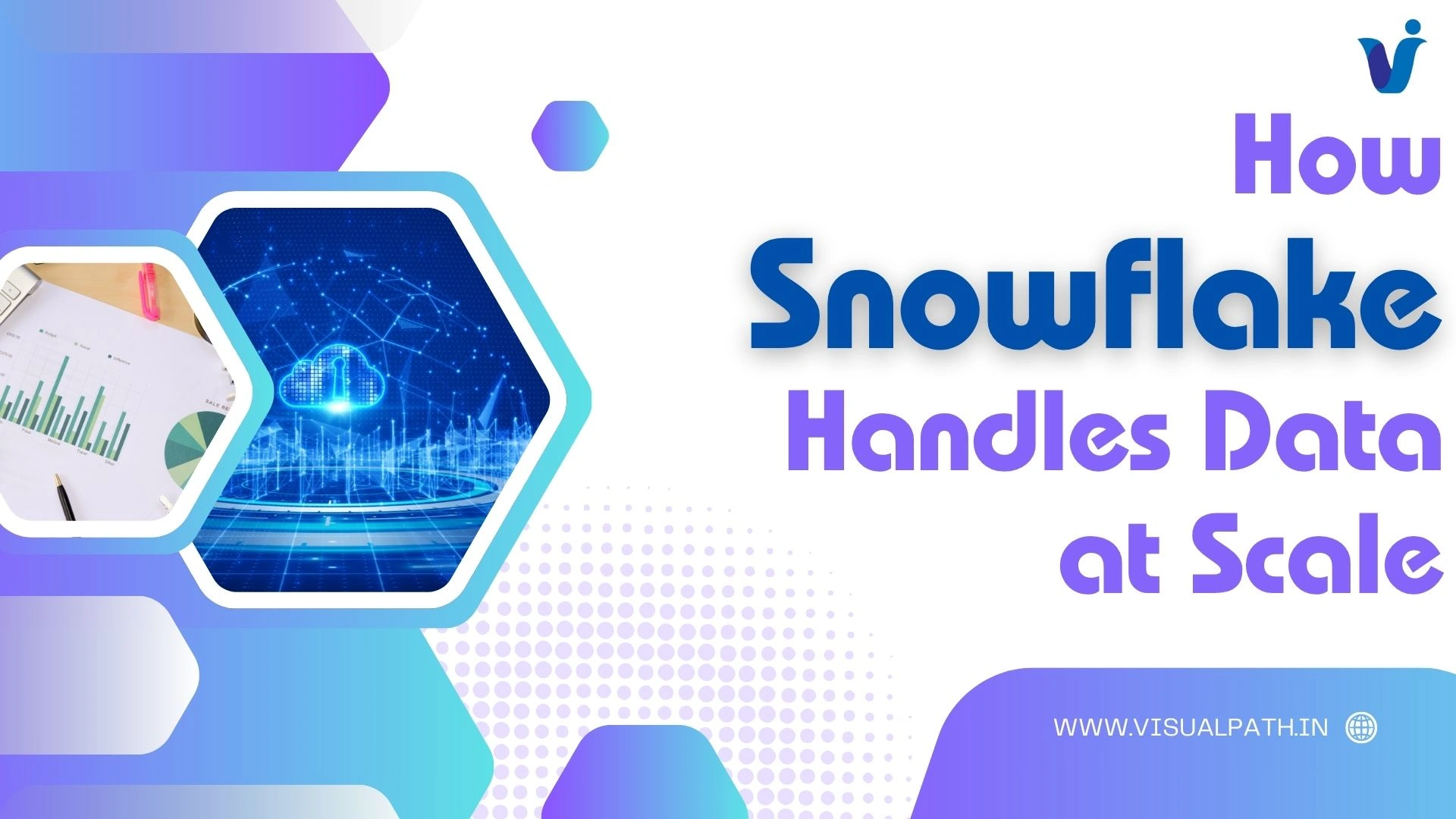Introduction: The Era of Big Data Challenges
Snowflake Online Training Course we live in an age where data grows at an exponential rate. Businesses generate terabytes of data from transactions, customer interactions, IoT sensors, and third-party platforms. That’s where Snowflake becomes a game-changer. Known for its scalable architecture and high performance, Snowflake is built to handle data at scale in a cloud-native way.
Unlike traditional databases, Snowflake offers unique capabilities that combine flexibility, speed, and simplicity. Let’s dive deeper into how it successfully manages large-scale data operations in today’s demanding environments.
Snowflake’s Cloud-Native Architecture
Snowflake is designed from the ground up for the cloud. This separation is fundamental to Snowflake’s scalability.
Data is stored centrally in a highly optimized, columnar format. This storage layer is elastic and grows automatically as more data is ingested. On the compute side, Snowflake uses virtual warehouses. Each warehouse processes queries independently, enabling workload isolation and concurrency.
This design allows companies to run multiple workloads simultaneously without conflict. Marketing teams, analysts, and data engineers can work on the same datasets at the same time. There’s no need to move or replicate data, which minimizes redundancy and improves efficiency snowflake training.
Micro-Partitioning for Fast Access
One of Snowflake’s core advantages is its use of micro-partitioning. Each partition includes metadata, such as the range of values for each column.
These metadata-rich partitions allow Snowflake to prune unnecessary data during queries. If a query only needs recent data, Snowflake ignores older partitions, reducing the amount of data scanned. This feature significantly improves performance and lowers compute costs.
Snowflake’s automatic clustering ensures that these partitions remain optimized over time. There’s no need for manual indexing or tuning, even as data grows.
Handling Concurrent Workloads with Multi-Cluster Scaling
Snowflake Online Training Course At scale, systems often struggle with concurrency. Too many users querying the same dataset can lead to slowdowns or timeouts. Snowflake solves this with multi-cluster virtual warehouses.
When workload demand increases, Snowflake automatically spins up additional clusters. These clusters share the same data but operate independently. If one team is running heavy analytics, it won’t impact others running smaller queries or reports.
This horizontal scaling model allows organizations to maintain consistent performance regardless of the number of users or size of the data. Businesses don’t have to predict or overprovision resources in advance. Scaling is dynamic and based on real-time demand.
Seamless Integration of Structured and Semi-Structured Data
Snowflake supports native handling of semi-structured formats like JSON, Avro, ORC, and Parquet.
With Snowflake, you can load and query these formats using the same SQL language. Snowflake automatically extracts fields and flattens nested objects for analysis.
This capability is crucial for modern analytics. It allows data scientists and analysts to work with all data types in one place. It reduces ETL time, simplifies pipelines, and speeds up insight generation.
Real-Time and Transactional Data with Hybrid Tables
In 2025, Snowflake introduced Hybrid Tables to support transactional and real-time workloads. Earlier, Snowflake was known mostly for analytical processing. Now, it offers capabilities to manage insert-heavy transactional data along with analytical queries snowflake training.
This means businesses can capture real-time data from apps or sensors and immediately run analytics without switching platforms. It bridges the gap between OLTP and OLAP systems.
With Hybrid Tables, companies can power dashboards, operational reporting, and real-time customer personalization—all from within Snowflake.
Security and Governance at Scale
Handling data at scale is not just about storage and speed. Security, governance, and compliance are equally important. Snowflake addresses these needs with enterprise-grade features.
Snowflake also supports audit logging and activity tracking, which is vital for regulatory compliance. For global organizations, Snowflake supports multi-region deployment and data residency. This allows businesses to comply with local laws while centralizing their data strategy.
Snowflake in Action: LA Olympics 2028 Collaboration
A major milestone that highlights Snowflake’s scalability came in May 2025. This partnership involves processing massive data streams, including athlete statistics, fan engagement metrics, logistics, and broadcast data. Snowflake’s cloud-native and scalable design made it ideal for supporting this global event. This example illustrates how Snowflake can scale to handle millions of real-time interactions across the globe.
Conclusion: The Future of Scalable Data Management
Snowflake has proven itself as a leader in cloud data platforms. Its unique architecture, automatic scalability, and support for real-time workloads set it apart. Whether it’s structured data, semi-structured logs, or transactional updates, Snowflake handles them all with ease.
The ability to isolate workloads, scale compute resources on demand, and maintain performance even with thousands of users makes it perfect for enterprises of all sizes. As data continues to grow, platforms like Snowflake will play a crucial role in managing, securing, and leveraging information for business advantage.
For companies aiming to thrive in the data economy, Snowflake is more than a tool—it’s a strategic foundation for success.
Trending Courses: Dynamics 365 Supply Chain Management, Sailpoint Identity IQ, Microsoft Dynamics Ax technical
Visualpath is the Leading and Best Institute for learning in Hyderabad. We provide Snowflake Online Training. You will get the best course at an affordable cost.
For more Details Contact +91 7032290546




